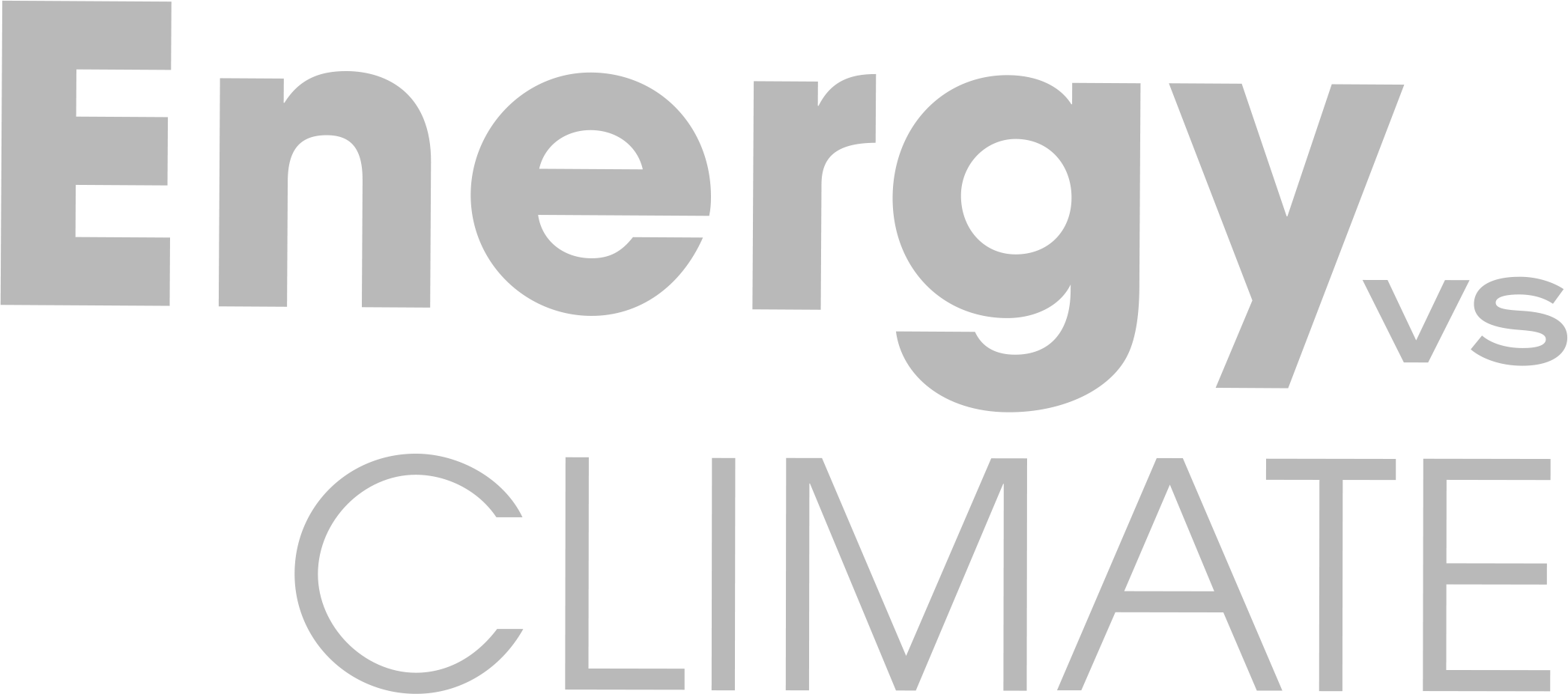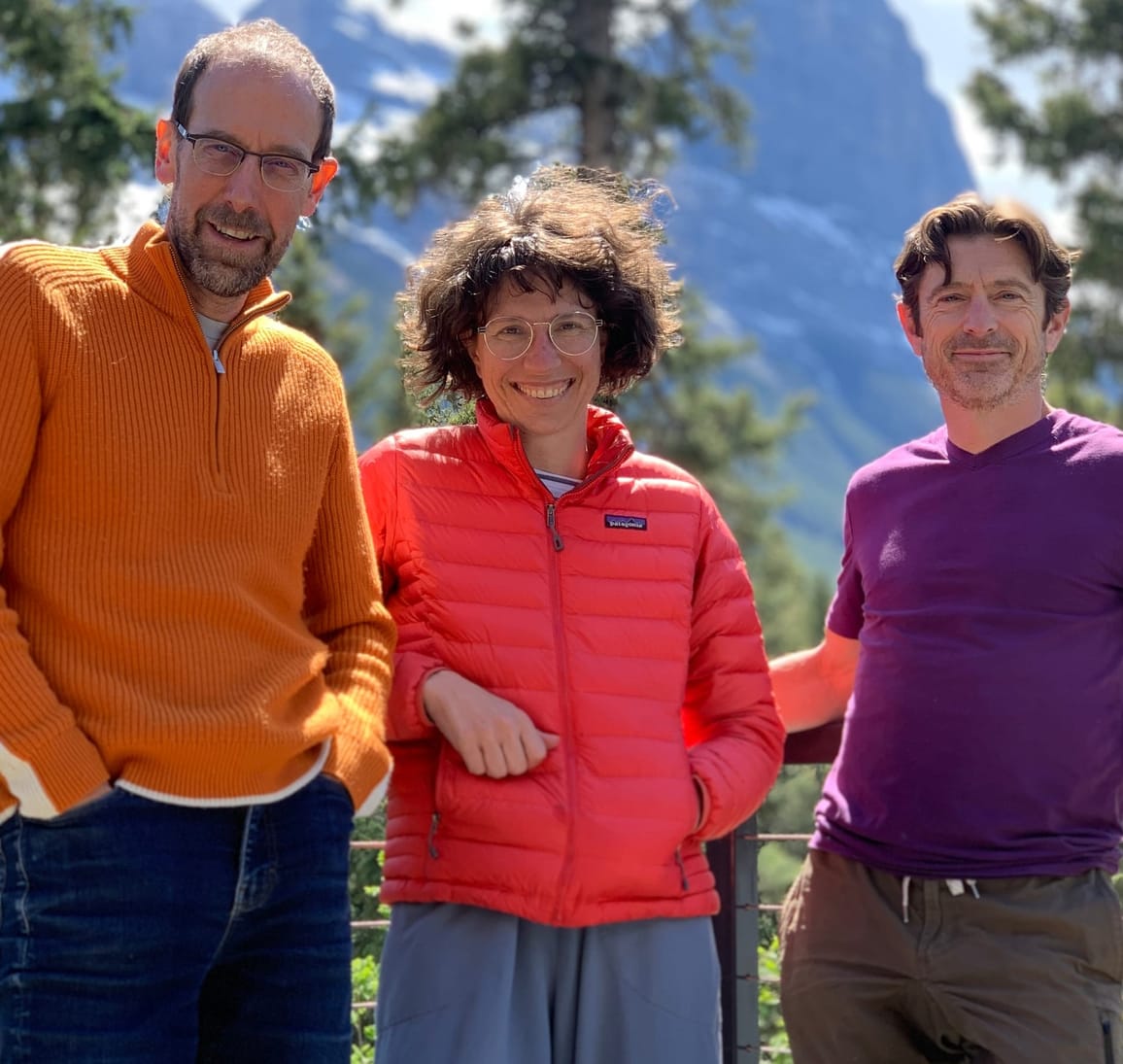EvC: The Reaction Episode 16
A recap of “What can we know about energy futures?” featuring Ken Caldeira

Welcome to “EvC: The Reaction,” a new monthly supporting feature of the Energy vs Climate show. Expect cross-disciplinary synthesis, further reading suggestions, and the odd corny joke as we unpack speaker points and probe areas for further engagement. We have been fortunate enough to enlist Joel Krupa to drive this initiative. Joel is an Alberta-born energy enthusiast now working part-time as a postdoctoral fellow at Harvard University while supporting the education technology company Agents of Discovery and the open engineering encyclopedia TechNotes.org. The views expressed are his own.
This month, the EvC team was pleased to host Ken Caldeira of the Carnegie Institution for Science’s Department of Global Ecology at Stanford University. Ken is a too-rare breed of academic: fiercely interdisciplinary, unwilling to conform to ideological talking points, and - perhaps most importantly - someone willing to change his opinion in light of new information. (As just one piece of evidence for the latter, see the description here of how an initially skeptical Ken came to pursue the contentious topic of solar geoengineering). His research has touched on all manner of energy and environment topics; perhaps unsurprisingly, this ended up being the longest EvC episode ever.
Ken’s contributions range from an analysis on country-level social costs of carbon to oceanography, climate science, solar geoengineering, and energy systems. A list of publications, ongoing work, and other information on the Caldeira Lab that Ken leads can be found here.
Some key takeaways:
1. Energy models, ranging from the short-term to the long-term, depend on assumptions, and so outputs are strongly contingent on inputs
It is an understandable human foible to enjoy an optimistic plan (indeed, cognitive psychologists have a term for this heuristic that is called “the planning fallacy”). Consider your average Canadian citizen’s Saturday, which may include plans for an ambitious early morning alarm call, a packed day of social events and practical tasks, and a well-balanced mix of exercise, healthy eating, and sleep. Inevitably—at least for many of us—this normative scenario devolves into finishing 1-2 of these items, accompanied by 6 hours of TV and a fast-food dinner on the go. Energy modellers are no different—they may create exciting fast decarbonization scenarios, but ultimately, they are subject to the vagaries of political support and inertial social systems that, time and time again, drastically slow or accelerate progress.
However, before we deride policy-focused folks as hapless bureaucrats, Ken reminded us that it is important to remember the fundamental purpose of a model. Specifically, models force you to put all your assumptions on the table and be clear about what you are doing. This process helps with thinking conceptually—even if the outputs are useless. Whether the concept of ‘nuanced thinking’ exists in the sound bite-addicted world of Twitter, celebrity culture, and a recent Donald Trump Presidency is another question entirely...
The problems with forecasting (especially over the long run) are, of course, very well-trodden ground, with everyone from leading Canadian energy analyst Vaclav Smil to your humble correspondent highlighting the dangers of making predictions around energy system trajectories. Ed cited a particularly acerbic Smil quote: “Energy forecasts are not worth even the cost of the cheapest acid paper on which they get printed.” David, meanwhile, remarked that if energy modelers could accurately forecast technology costs over the next decade, Wall Street firms would be reaching out en masse to commission energy modeling studies relevant to financial markets.
How then do you overcome this problem of myopia around emerging configurations? There is no quick and easy answer, but as a starting point, Ken reminded us that climate scientists worked to overcome similar issues by developing intercomparison projects. Perhaps this could be done—ideally at a large scale and in an open-source format—for energy modeling as well.
2. Uncomfortable energy and climate realities need to be faced
A San Francisco Bay Area resident, Ken noted that his recent winters have turned relatively warm—allowing locals to avoid the outdoor activity hiatus that often accompanies the notoriously chilly coastal Northern California winter periods. Climate change, he concluded, will bring an uneven set of winners and losers. This leads to the uncomfortable reality where the beneficiaries of warmer weather (largely based in wealthy Northern countries) will avoid the same level of climate-related suffering that David pointed out will be so disproportionately felt in mostly equatorial developing countries. [Sara did note, however, that Northern California residents recently faced record-setting wildfires.]
Uncomfortable problems arise with energy modeling as well. Nuclear is wildly unpalatable to most, yet it is a potent and scalable tool for low-carbon outcomes (not zero-carbon outcomes on a life cycle assessment (LCA) basis, to be fair to the work of anti-nuclear academics like Sovacool, although no energy source is devoid of impacts). Solar is much cheaper than it used to be, but the requisite transmission infrastructure to help it realize its potential is extremely difficult to build. And finally, new big breakthroughs in batteries and other core technologies are both necessary and possible, but are currently not viable at scale. So where do we go from here, given that societies have to make hard decisions (day after day, year after year) on the allocation of scarce resources, and therefore require the use of – inherently flawed - models to do so? [For an alternative perspective, Sara shared this 2035 report, which suggests that a low-carbon, high renewables penetration outcome is not as difficult as the zero-carbon one.]
3. Bill Gates
Interestingly, both Ken and David facilitated learning sessions (25 sessions, 4 hours apiece) for one man who will likely play a critical enabling role in supporting some of the requisite solutions for overcoming the climate problem—Bill Gates. Gates—formerly the world’s richest man and the author of a recent climate book entitled How to Avoid a Climate Disaster - has been acting as an outlier, playing an integral role in bringing climate to the forefront of the conversation and leveraging both his tremendous resources and capital allocation capabilities to bear on the problem.
Fortunately, Sara made sure the conversation did not devolve into uncritical boosterism. She raised a slew of important concerns around the role of billionaire philanthropists supporting energy policy. Notably, Gates (along with, to be fair, a host of other Washington State billionaires) has been relatively quiet on modest tax reform policy measures. He may also suffer from the classic businessman-political disconnect on the extent to which policymakers are inappropriately influenced by external forces (hint: it is a lot); indeed, it seems undeniable Microsoft fought government intervention to achieve the scale it did.
4. Energy modelling, Ken argues, fundamentally differs from modelling the systems and processes that drive climate
Finally, we would do well to remember that energy models depend on dollars, and when working to depict how low-cost futures might unwind, we should keep front and centre the idea that energy systems depend on what people do. By contrast, climate models depend on physics, and the results are completely detached from what we humans might prefer. Moreover, we must continue to remember that, as in the case of research findings around solar geoengineering (a tool, Ken said, that a substantial number of climate modellers do not want to talk about), sometimes outcomes will differ widely from both the general and preferred view.
A compelling and engaging guest in the end, and we look forward to upcoming episodes and next month’s EvC: The Reaction.

